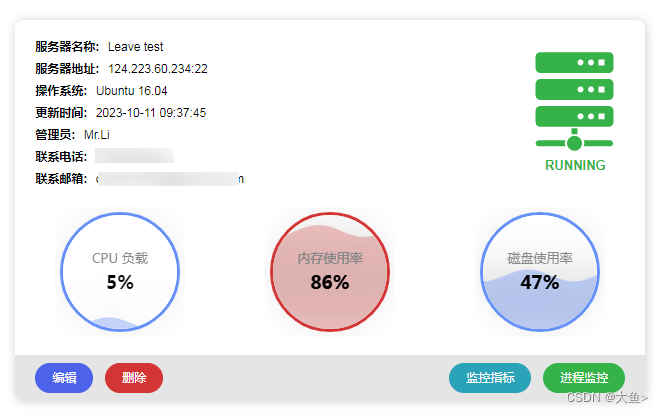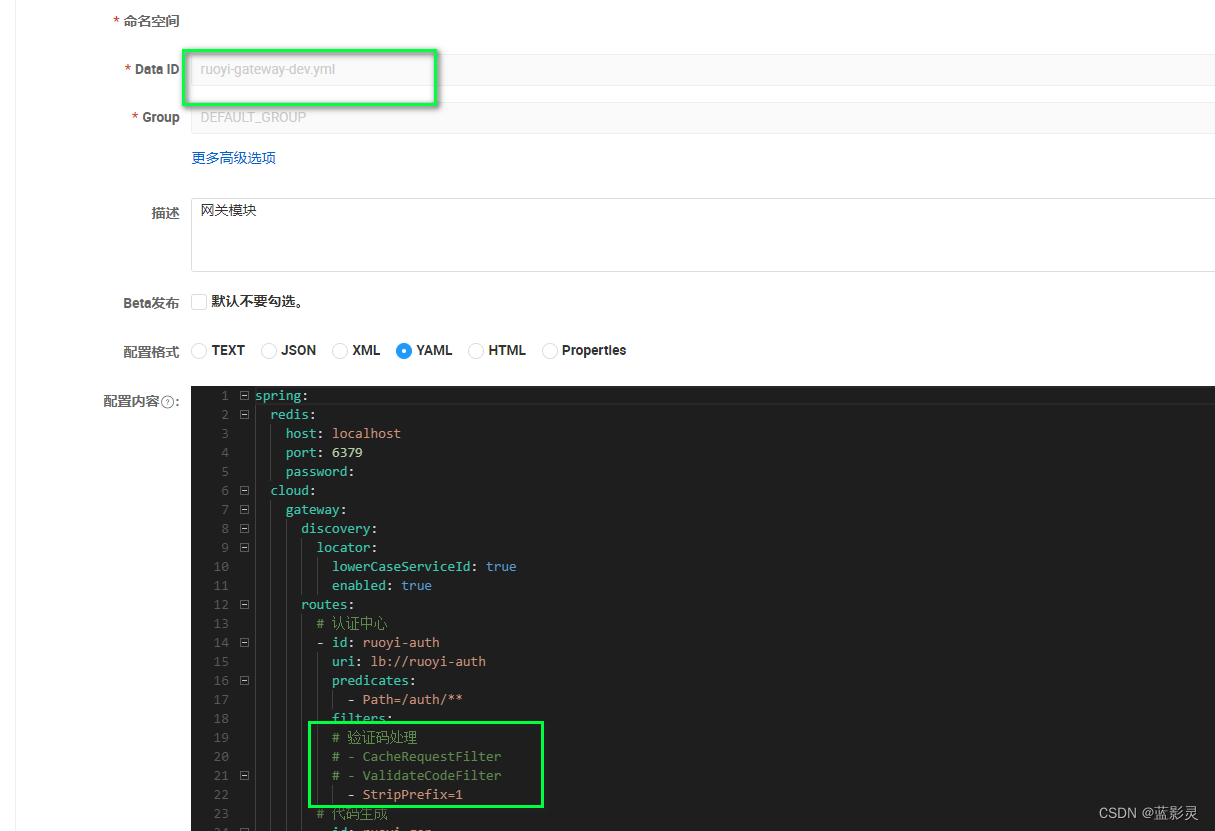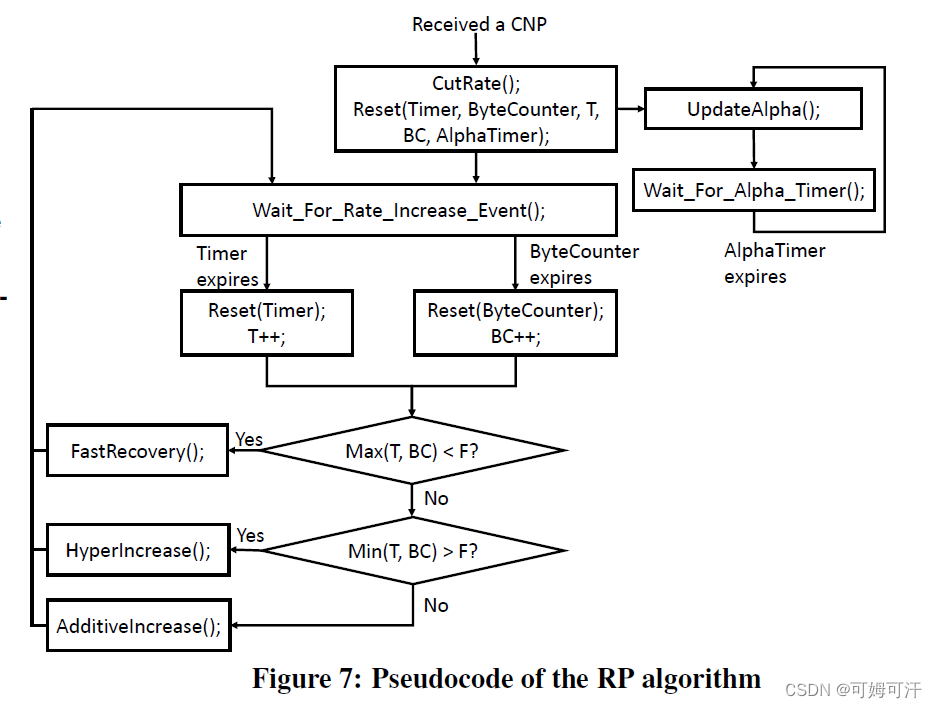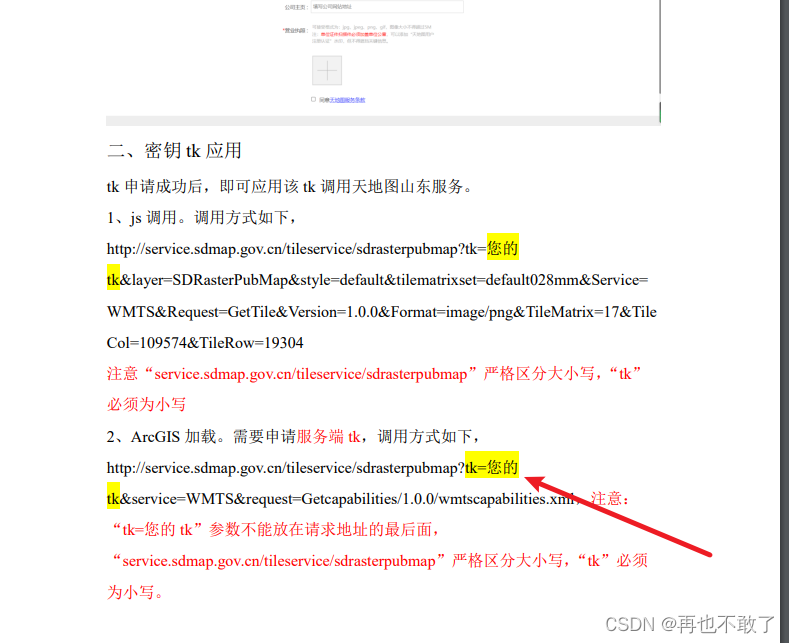1.说明
我们经常通过SSH终端发送shell命令进行服务器运维,从而获取到服务器的各种资源,按照这个思路,我们可以利用Java做一个定时任务,定时采集服务器资源使用情况,从而实现服务器资源的动态呈现。
2.封装SSH操作方法
首先我们定义SSH连接实体类。
/*** SSH连接* @author Mr.Li* @date 2023-01-01*/
public class SshConnection {private String username;private String password;private String hostname;public SshConnection(String username, String password, String hostname) {this.username = username;this.password = password;this.hostname = hostname;}public String getUsername() {return username;}public String getPassword() {return password;}public String getHostname() {return hostname;}
}然后封装SSH命令操作方法
引入Jar包
<dependency><groupId>org.apache.sshd</groupId><artifactId>sshd-core</artifactId><version>2.8.0</version></dependency><dependency><groupId>net.i2p.crypto</groupId><artifactId>eddsa</artifactId><version>0.3.0</version></dependency>/*** SSH linux操作类* @author Mr.Li* @date 2023-01-06*/
@Slf4j
public class SSHLinuxUtils {/*** 执行Shell命令并返回结果* @param conn* @param cmd* @param timeout* @return* @throws IOException*/public static SshResponse runCommand(SshConnection conn, String cmd, long timeout) {SshClient client = SshClient.setUpDefaultClient();try {//Open the clientclient.start();//Connect to the serverString hostIp="";Integer port=22;String [] hostArr=conn.getHostname().split(":");if(hostArr.length>1){hostIp=hostArr[0];port=Integer.parseInt(hostArr[1]);}else{hostIp=hostArr[0];}ConnectFuture cf = client.connect(conn.getUsername(), hostIp, port);ClientSession session = cf.verify().getSession();session.addPasswordIdentity(conn.getPassword());session.auth().verify(TimeUnit.SECONDS.toMillis(timeout));//Create the exec and channel its output/error streamsChannelExec ce = session.createExecChannel(cmd);ByteArrayOutputStream out = new ByteArrayOutputStream();ByteArrayOutputStream err = new ByteArrayOutputStream();ce.setOut(out);ce.setErr(err);//Execute and waitce.open();Set<ClientChannelEvent> events =ce.waitFor(EnumSet.of(ClientChannelEvent.CLOSED), TimeUnit.SECONDS.toMillis(timeout));session.close(false);//Check if timed outif (events.contains(ClientChannelEvent.TIMEOUT)) {log.error(conn.getHostname()+" 命令 "+cmd+ "执行超时 "+timeout);}return new SshResponse(out.toString(), err.toString(), ce.getExitStatus());}catch (Exception e){log.error("runCommand:cmd:{}",cmd,e);return null;} finally {client.stop();}}
}3.执行Shell命令
连接服务器
SshConnection sshConnection = new SshConnection("远程登录服务器用户名","远程登录服务器密码","远程登录服务器的IP端口");以获取内存为例:
//获取内存的命令
String cmd="sudo cat /proc/meminfo";
//执行获取当前内存的命令
SshResponse sshResponse = SSHLinuxUtils.runCommand(sshConnection,cmd,3);
//其中StdOutput为获取到的内存数据
String outPut=sshResponse.getStdOutput();
获取负载与磁盘,则只需要经命令更换成如下命令即可
//负载
String cmd="sudo cat /proc/loadavg";
//磁盘
String cmd="sudo df -h";4.效果呈现
结合自己的业务,以及之前介绍的关于Supervisor监控服务的对接,我们可以完成一个简单的服务运维业务。

监控指标

进程监控

有物联网需求的伙伴可以加我微信沟通交流。











